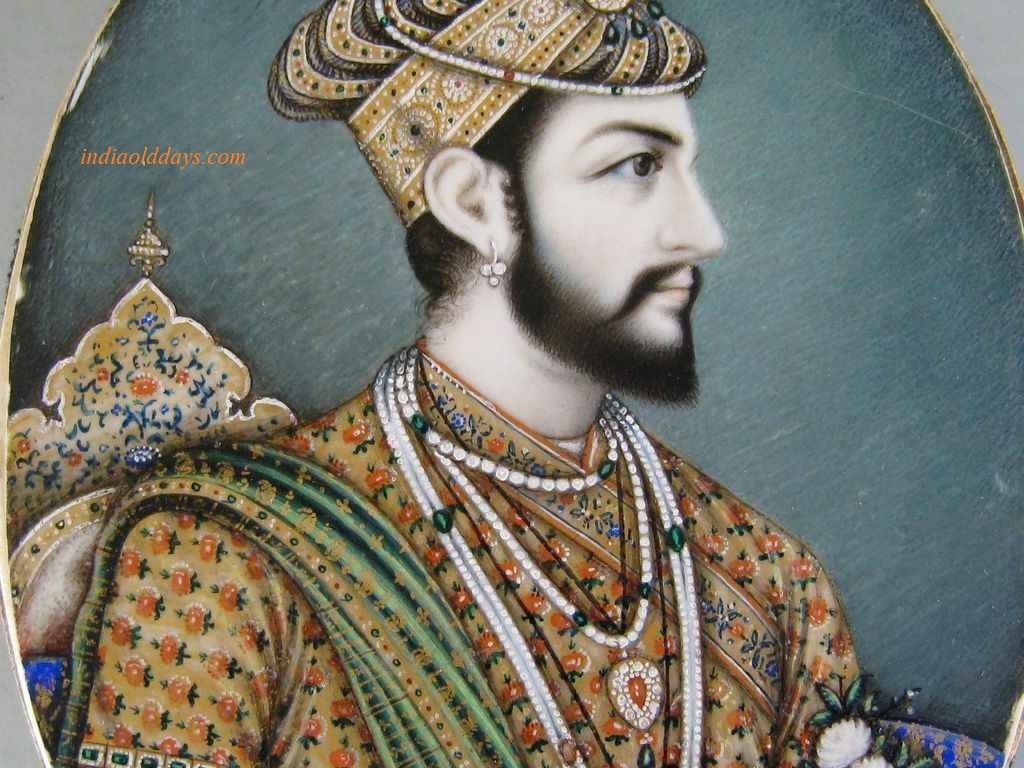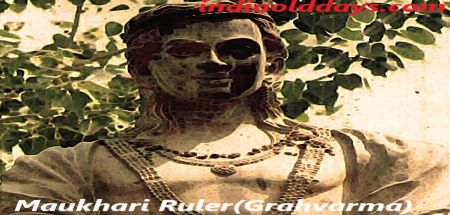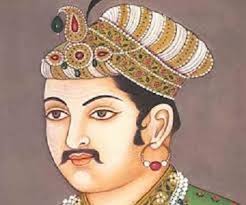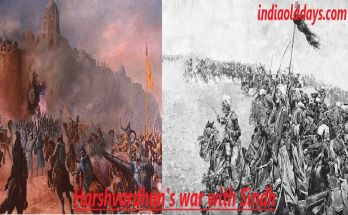What was the history of Aurangzeb?Marathas Conflict and Deccan Policy

Other Important Facts-
- Shah Jahan’s empire expansion and war of succession
- Hindu (Indian) Islamic culture
- History of Khandesh, Barar and Bijapur
- Introduction of life of Mughal emperor Akbar
- Who was dara shikoh
Aurangzeb (1658-1707.) –
Aurangzeb was born on 3 November 1618 AD. On the place called Bohan near Ujjain, Shah Jahan’s dear wife Mumtaz Mahal was born in the womb.
May 18, 1637 AD Aurangzeb was married to Princess Dilrass Bano Begum (Rabiya Bibi) of the Persian monarchy.
Aurangzeb made his first coronation on July 21, 1658, in Delhi after the conquest of Samujarh and after assuming power in Agra and assumed the title of Abul Muzaffar Alamgir.
But after finally defeating Shuja and Dara in the battle of Khanjwa and Devagirai, again on 5 June 1659 AD. To make his formal coronation in Delhi.
After becoming the emperor, Aurangzeb ended the main objections (local taxes), for the purpose of reducing the financial problems of the public, internal interest and personal finance (commercial fines).
After Aurangzeb’s enthronement, a Persian envoy led by Budaag Velas was sent to the Mughal court, which Manuichi described in his book Stories The Mogor very much.
The messenger board was welcomed, which was gifted by 60 Arabic horses and a round of 37 carat pearls and Shah’s choice paan leaves were gifted as gifts.
Military campaign of Aurangzeb-
- Aurangzeb in 1660 AD In order to make Mir Jumla as the governor of Bengal, he ordered to suppress the rebels of the eastern provinces, especially Assam and Arakan.
- Mirajumalla in 1661 AD In Cooch Behar attacked and in 1662 AD Inevitably forced Ahoms into treaty. As a result, the Ahoms accepted the annual tax and compensation for the Mughals.
- 1663 AD After the death of Mirzumla, Shaista Khan was appointed the governor of Bengal. Shaista Khan was appointed in 1666 AD. Punished the Portuguese, took control of the Sonnadeep in the Bay of Bengal and won the Chittagong from the king of Arakan.
Aurangzeb’s Deccan Policy-
- Aurangzeb 1636-44 in the time of Shah Jahan By the time the Sub-South remained as the Subedar and made Aurangabad the capital of the South Suburbs of the Mughals.
- Aurangzeb wanted to end the independent existence of the states of the South, because it was impossible to eliminate the power of the Marathas without ending their existence.
- In the five independent Sultanates of the South, Barar was enacted in 1574 AD. In Murtaza Khan mixed with Ahmad Nagar, and in 1619 AD to Bidar. In Ibrahim Adilshah II, he had joined Bijapur.
- 1682 AD In pursuing his son Shahjada Akbar, Aurangzeb reached South India but after that he did not get the opportunity to come to North India. It is said that this is the graveyard of South India Aurangzeb.
- The wars fought in the south of Aurangzeb are divided into two parts – 1) War and merging against Bijapur and Golakuda; 2) Four generations of Marathas Shivaji (1640-80), Shambha ji (1680-89), Rajaram (1689) -1700) and war against Tarabai (1700-1707), his widow.
- Aurangzeb in 1665 AD In the first instance, King Jaysingh (Jaipur) sent to repel Bijapur and Shivaji. As a result, Jai Singh initially compelled Shivaji to do the Treaty of Purandar (1665 AD), but he did not succeed against Bijapur and in Burhanpur on the way Jai Singh died.
- 1676 AD In the Mughal suburb, Periyar Khan, forced Bijapur’s minister Siddi Masood to join the treaty. And the sister of Sultan’s sister Shahzadi was sent to Delhi to accompany the princess to the princess.
- September 22, 1686 AD The last Adilshahi Sultan Sikandar Adilshah surrendered to Aurangzeb and consequently Bijapur was merged with the Mughal empire.
- Aurangzeb welcomed Sikandar Adilshah, gave him the title of Khan and an annual pension of 1 lakh rupees.
- Sikandar Adilshah died in a short life of 32 years. And according to his last wish, he was buried near the grave of religious teacher Sheikh Fahimullah.
- After joining Bijapur in the empire, Aurangzeb started his journey in 1686 AD. Shahjada sent Shahlam to attack the goal kunda, because by mixing the round kunda with the empire he wanted to fight the Marathas in a relentless manner. In addition, the round swivel was an important market for the sale of diamond diamonds worldwide.
- 1687 AD In Aurangzeb himself attacked Golconda and surrounded the fort. But despite the eight-month gap, the Mughals did not get any success.In the end, Aurangzeb lured an Afghan named Abdullagani and joined him and betrayed his master and opened the gate of the fort. And conquering the fort of the Mughals, in October 1687 In the same way, opened the fort of Kunda with the keys of gold, just as Akbar opened the fort of Asirigarh.
Aurangzeb’s struggle with the Marathas
- Shivaji’s first struggle with the Mughals was 1656 AD. Then it started when Shivaji attacked Ahmednagar and Junnar Fort.
- Aurangzeb in 1660 AD In the south of Mughal subedar Shaista Khan sent to invade Shivaji. Shaista Khan took over the forts of Poona, Shivpura and Chakan.
- 1663 AD In Shivaji, secretly attacked the castle of Shaista Khan at Poona in night. Shaista Khan barely escaped his life, but his thumb was cut off.
- Aurangzeb in 1665 AD Jai Singh sent against Shivaji. Jai Singh defeated him on June 22, 1665. Forcing the Purandar to make a treaty.
- As a result of the Treaty of Purandar, Shivaji was handed over to his Mughals with four lakhs of rupees, and promised to help the Mughals against Bijapur.
- Purandar’s treaty was the personal victory of Jaisingh. He made a treaty with Shivaji under diplomacy, because it was necessary to have a friendship with Shivaji to win Bijapur.
- Under the terms of the Treaty of Purandar, in the Shambhaji Mughal court, to give Panchahjari to the mosque, to give rise to the jagir, and Shivaji to be present in the Mughal court.
- May 22, 1666 AD In the Shivaji Agra Fort, were present in the the Junkies common . Here, Shivaji was imprisoned and kept in Jaipur Bhawan. From where he escaped secretly.
- After Shivaji’s death, his son Shambhaji continued the struggle with the Mughals, but due to inadequacy, his minister was captured in 1689 AD and the reason was 1689 AD. Shambhaji was killed in.
- 1690 AD Until the Mughal empire was on its climax, which spread from Kabul to Chittagong and from Kashmir to the Kaveri river.
- After the death of Shambhaji, the struggle continued with the Mughals of the Marathas under the leadership of his half brother Rajaram, who is famous for the freedom struggle in Maratha history.
- This Deccan policy of Aurangzeb became the cause of both the fall of both his personal and the Mughal empire.
It is said that as the destruction of Napoleon by the canker of Spain, destruction of the Deccan destroyed Aurangzeb.
Reference : https://www.indiaolddays.com/





